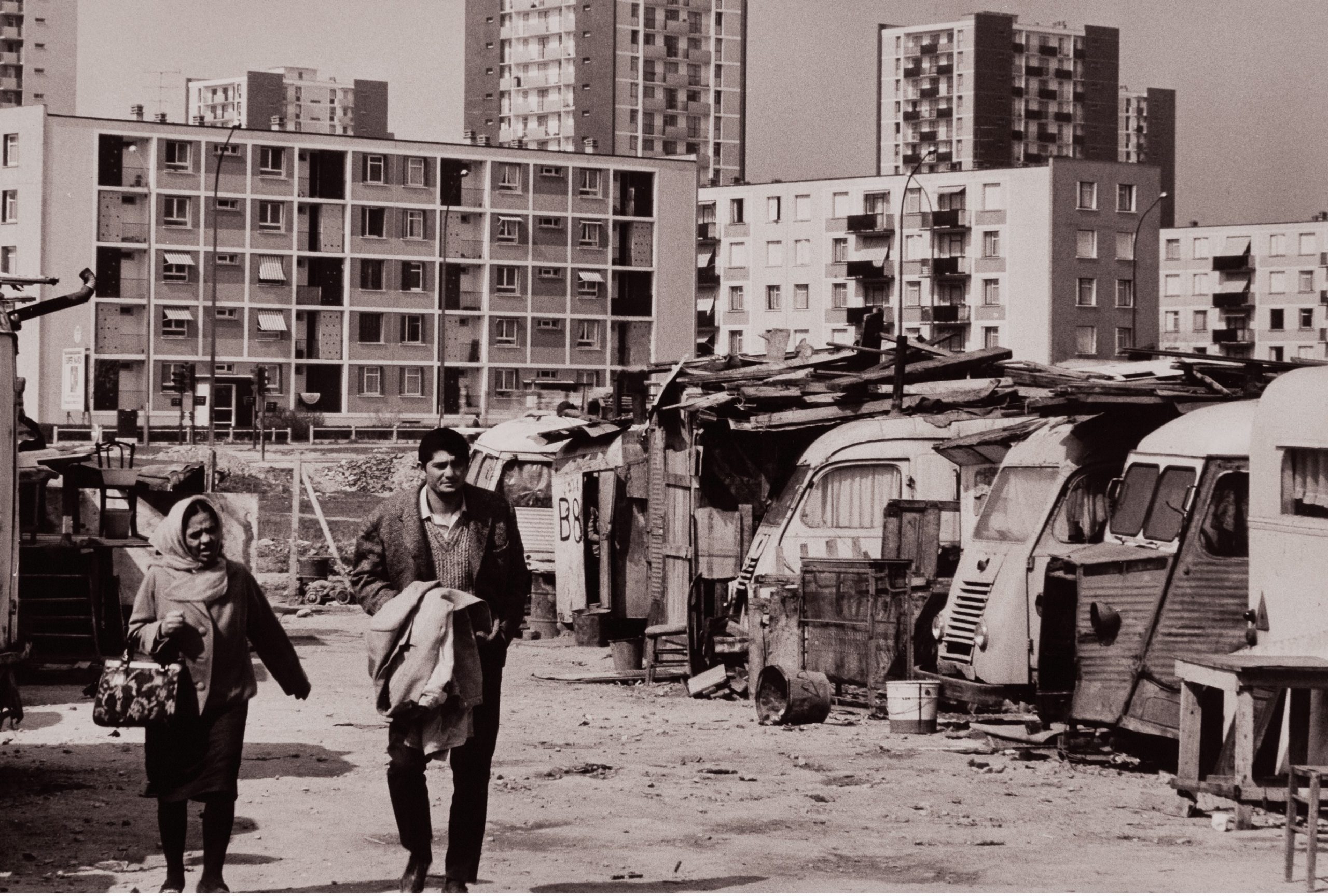
Descriptions of suburbs in the developed world normally refer to lowdensity, residential areas of detached or semi-detached houses occupied by single families of white middle-class inhabitants. They look ‘green’ with space for front and back gardens. Local parks and school playing fields contribute to a feeling of space. Industry is absent.
Most of you reading this will live in suburbs (about 80% of UK residents do), go to school or college in suburbs or regularly travel through suburbs. You might, therefore, want to challenge these assumptions on the basis of your own experience. Suburbs have been changing and becoming increasingly diverse. Such differences are seen not only from one suburb to another within a single city but also among the growing suburbs in the developing world.
Your organisation does not have access to this article.
Sign up today to give your students the edge they need to achieve their best grades with subject expertise
Subscribe




